Common Deciduous Trees In Australia: A Seasonal Marvel!
Common deciduous trees in Australia include the Claret Ash, known for its vibrant red foliage in autumn. The Manchurian Pear graces landscapes with white blossoms in spring and stunning fall colors. Eucalyptus Nicholii offers silvery-green leaves and seasonal leaf shedding, while the Chinese Tallow Tree dazzles with fiery autumn hues.
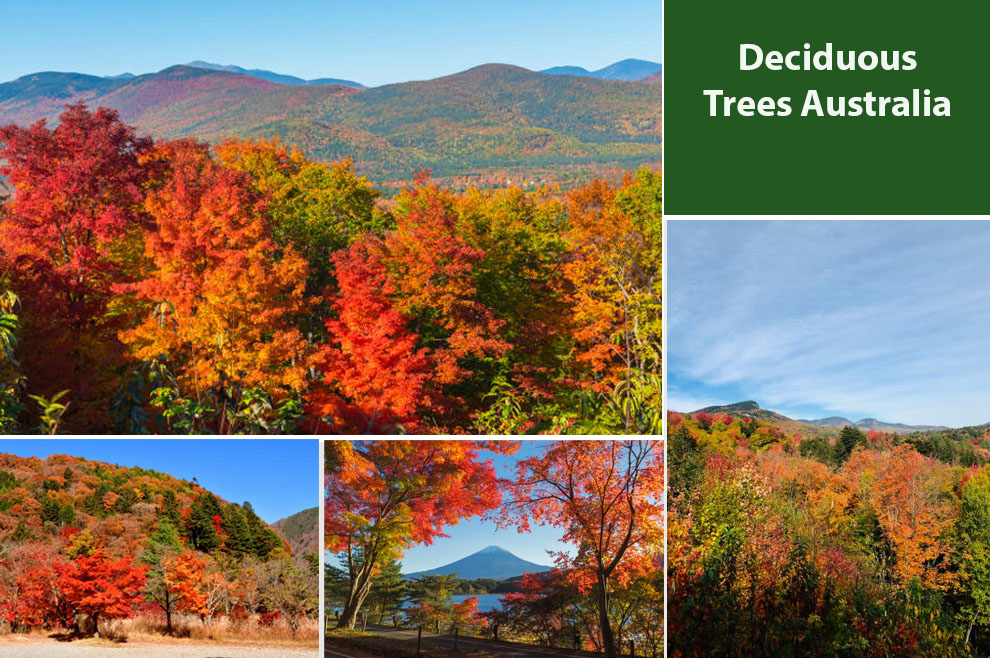
Deciduous trees, with their annual ritual of shedding leaves, are nature’s way of reminding us of the cyclical rhythm of life.
Australia, renowned for its unique flora and fauna, is not the first place that comes to mind when thinking of deciduous trees. Yet, these leaf-shedding wonders have found a home in the diverse landscapes of this continent-nation.
In this article, we answer whether are there any deciduous Australian native trees. We talk about their native species and the introduced deciduous varieties that harmoniously coexist.
Australia can be home to several enchanting varieties of deciduous trees. The Claret Ash (Fraxinus angustifolia) paints autumn with its deep crimson leaves, while the Manchurian Pear (Pyrus ussuriensis) adorns spring with its delicate blossoms.
The Silver Birch (Betula pendula) stands tall with its elegant white bark, contrasting the Eucalyptus Nicholii’s (Narrow-leaved Black Peppermint) silvery-green foliage.
Meanwhile, the Chinese Tallow Tree (Triadica sebifera) provides vibrant hues in autumn.
These deciduous wonders, nestled in Australia’s landscape, not only add aesthetic charm but also contribute to the country’s rich biodiversity, making them a fascinating part of its natural heritage.
Australian Deciduous Trees
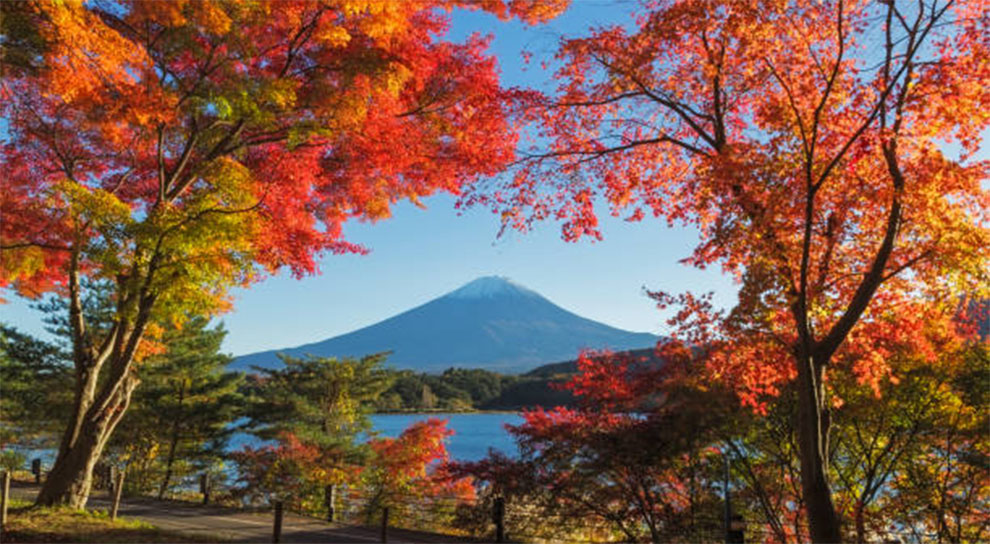
While Australia is renowned for its evergreen flora, there are indeed a few native deciduous tree varieties that shed their leaves seasonally. Here are three notable varieties:
Deciduous Trees Native to Australian
1. Flame Kurrajong (Brachychiton acerifolius): A native Australian tree, the Flame Kurrajong graces the landscape with its striking red bell-shaped flowers in late spring. It’s distinctive for briefly shedding its vibrant green leaves, creating a carpet of color beneath.
2. Flooded Gum (Eucalyptus grandis):
Unlike most eucalyptus trees, the Flooded Gum showcases a unique adaptation to conserve water. During dry periods, it sheds its leaves, providing a temporary respite from its evergreen norm.
3. Illawarra Flame Tree (Brachychiton bidwillii): This native deciduous tree is a sight to behold. With bright red bell-shaped flowers in summer and golden leaves that drop in late autumn, it’s a testament to Australia’s diverse flora.
Small Deciduous Trees Australia:
1. Japanese Maple (Acer palmatum)
This ornamental tree thrives in Australia’s temperate regions. Its compact size and finely divided leaves create a captivating display of reds and oranges in autumn, making it a favorite in gardens.
2. Chinese Pistache (Pistacia chinensis): Known for its small stature, the Chinese Pistache offers a burst of color in the fall. Its leaves turn vivid shades of red and orange, making it a popular choice for smaller landscapes.
3. Crabapple (Malus spp.): While not native to Australia, various Crabapple species are well-suited to its climate. These small deciduous trees produce charming spring blossoms and colorful, edible fruit in the fall.
Fast-Growing Deciduous Trees Australia Has:
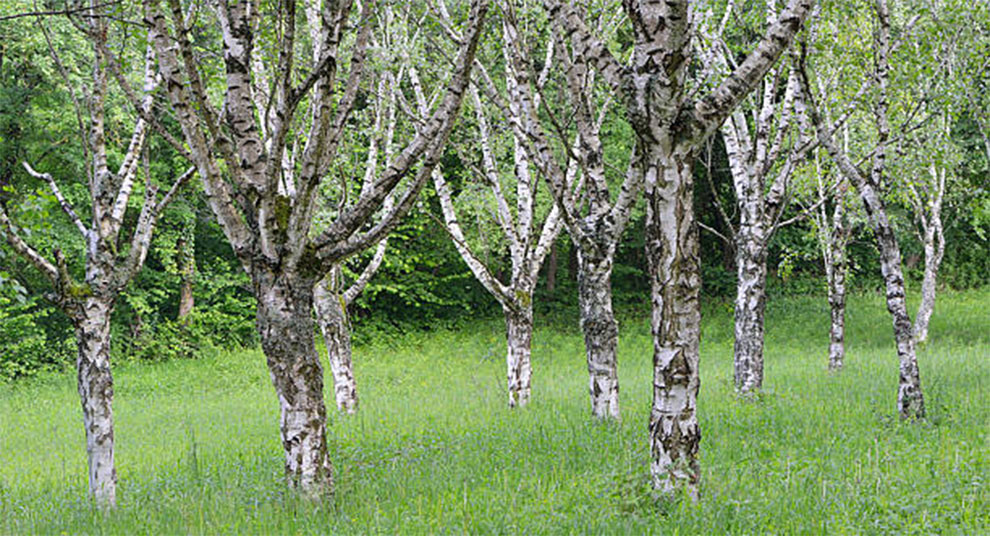
1. Silver Birch (Betula pendula): Silver Birches are known for their rapid growth and slender form. They boast distinctive white bark and delicate, fluttering leaves that turn a brilliant yellow in autumn.
2. Chinese Tallow Tree (Triadica sebifera): This fast-growing deciduous tree is renowned for its remarkable growth rate. In autumn, its leaves create a stunning display of red, yellow, and orange hues, making it a standout choice for quick, vibrant landscaping.
3. Hybrid Poplar (Populus spp.): While not native to Australia, Hybrid Poplars are prized for their fast growth. They offer excellent shade and have a broad canopy with heart-shaped leaves that turn golden in autumn, adding a touch of elegance to any setting.
These deciduous trees, whether native or introduced, contribute to the diversity of Australia’s landscapes, offering options for various sizes of gardens and a range of growth rates to suit different landscaping needs.
Do Native Deciduous Trees in Australia Lose Their Leaves?
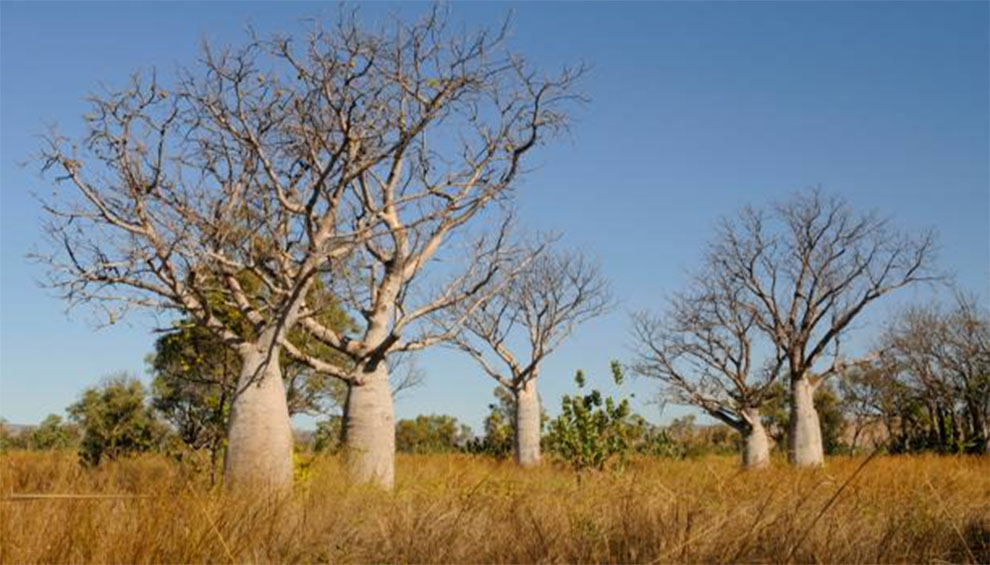
Native deciduous trees in Australia typically shed their leaves in response to specific environmental conditions rather than following a fixed seasonal pattern like deciduous trees in temperate regions.
These trees may lose their leaves due to factors such as drought or extreme heat rather than a traditional fall-winter cycle. Here are a few examples:
1. Flooded Gum (Eucalyptus grandis): While eucalyptus trees are generally evergreen, some species, like the Flooded Gum, can shed their leaves during prolonged dry spells to reduce water loss through transpiration.
This leaf drop is a response to drought conditions rather than the changing seasons.
2. Flame Kurrajong (Brachychiton acerifolius): The Flame Kurrajong, native to Australia, is deciduous during the dry season. It drops its leaves to conserve water and reduce the risk of dehydration during extended periods of low rainfall.
3. Bottle Tree (Brachychiton rupestris): This Australian native deciduous tree can lose its leaves during dry periods as well. It stores water in its bottle-like trunk to survive harsh conditions.
These native deciduous trees have adapted to the unique Australian climate, where extreme temperature and water scarcity can trigger leaf loss.
Unlike deciduous trees in temperate regions, their leaf-shedding is more variable and tied to environmental stress rather than a predictable seasonal cycle.
Why Don’t You Find Many Common Deciduous Trees in Australia?
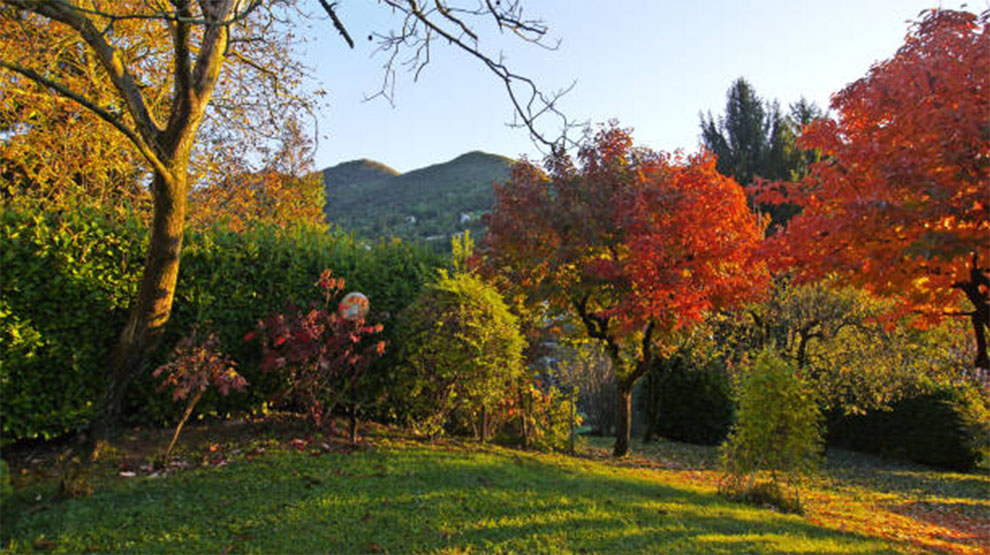
Australia’s relatively low diversity of native deciduous trees can be attributed to several ecological and historical factors:
1. Climate and Adaptation: The prevailing climate in Australia is characterized by long periods of drought, high temperatures, and irregular rainfall.
Deciduous trees have evolved in regions with more predictable seasonal changes, typically associated with temperate climates.
In Australia, the need to conserve water during extended dry periods has favored the evolution of evergreen tree species, which can better withstand these conditions.
2. Biogeographic History: Australia’s isolation as a continent has limited the exchange of plant species with other landmasses over millions of years.
Unlike regions like North America and Europe, which have had more opportunities for plant migration and hybridization, Australia’s flora developed in relative isolation, leading to a unique mix of evergreen species.
3. Adaptive Strategies: Many Australian plants, including evergreen eucalypts and acacias, have adapted to conserve water and thrive in arid conditions.
These adaptations have given rise to a diverse range of evergreen species that dominate the landscape.
4. Aboriginal Land Management: Indigenous Australian land management practices, such as controlled burns, may have influenced the distribution and composition of plant species.
These practices could have favored evergreen species more suited to fire-prone environments.
While native deciduous trees are relatively limited in Australia, the country has a rich diversity of evergreen trees and unique flora that have adapted to its distinctive environmental conditions.
This ecological specialization has led to the prevalence of evergreens over deciduous trees in the Australian landscape.
